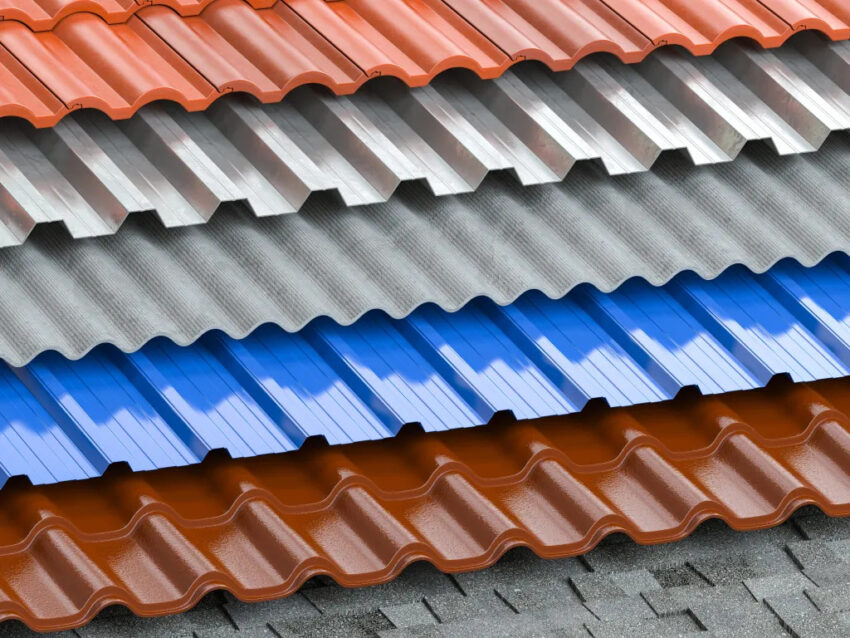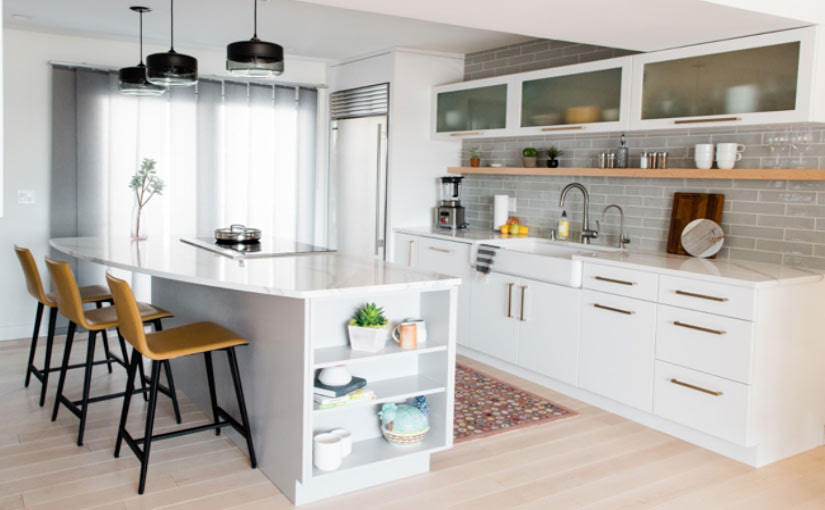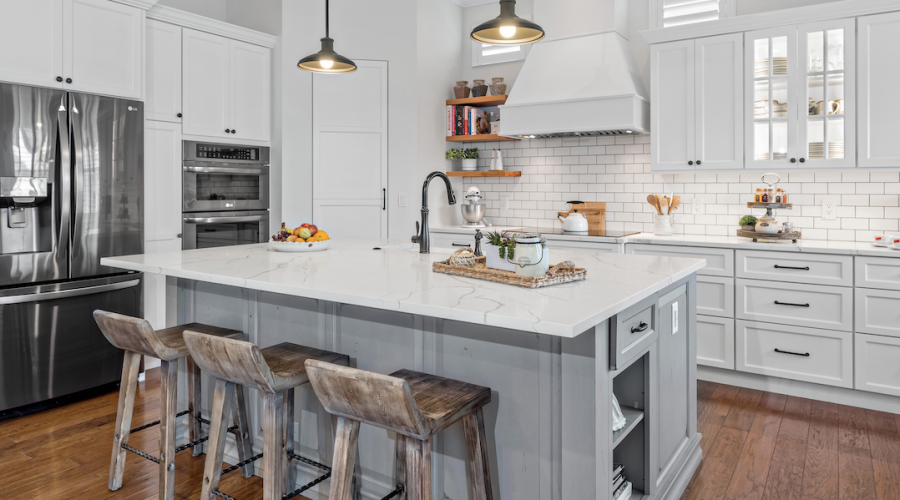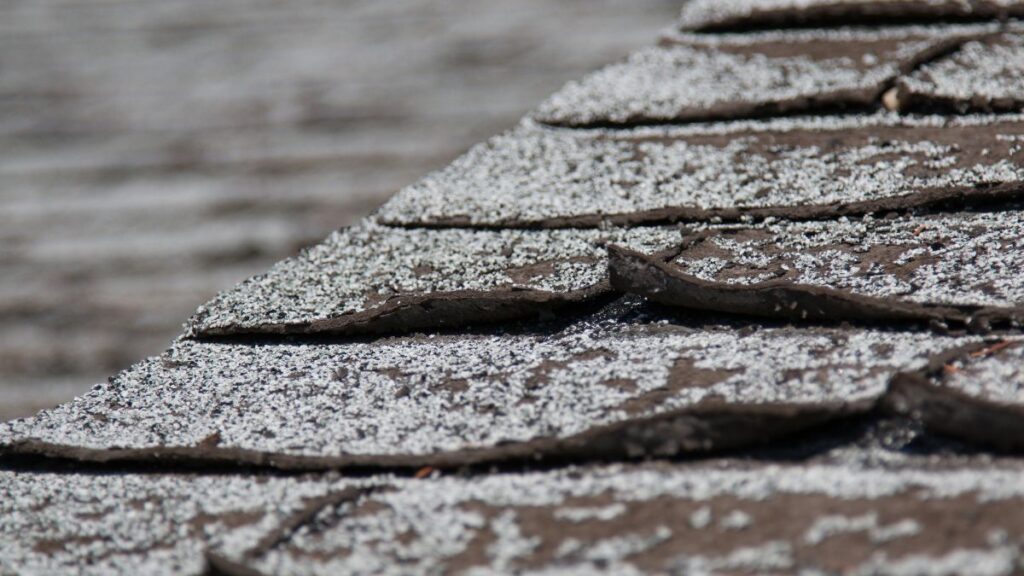When it comes to protecting your home, the roof is one of the most critical components. The right roofing material not only safeguards your house from the elements but also enhances its aesthetic appeal and value. With numerous options available, choosing the perfect roofing material can be a daunting task. In this article, we’ll explore the top 10 roofing materials, delving into the pros and cons of each to help you make an informed decision.
Asphalt Shingles
Asphalt shingles are the most common roofing material in North America.
Pros:
- Affordability: Asphalt shingles are budget-friendly, making them accessible for most homeowners.
- Variety: They come in various colors and styles, allowing for customization.
- Ease of Installation: Asphalt shingles are relatively easy to install, reducing labor costs.
Cons:
- Lifespan: They have a shorter lifespan (15-30 years) compared to other materials.
- Weather Sensitivity: Asphalt shingles can be damaged by extreme weather conditions, such as high winds and hail.
- Environmental Impact: They are not environmentally friendly, as they are made from petroleum products.
Metal Roofing
Metal roofing is gaining popularity due to its durability and energy efficiency.
Pros:
- Longevity: Metal roofs can last 40-70 years, significantly longer than asphalt shingles.
- Durability: They are resistant to severe weather, including wind, hail, and fire.
- Energy Efficiency: Metal roofs reflect solar radiant heat, reducing cooling costs.
Cons:
- Cost: The initial cost of metal roofing is higher than many other options.
- Noise: Metal roofs can be noisy during rain or hailstorms unless properly insulated.
- Installation Complexity: They require professional installation, adding to the overall cost.
Wood Shingles and Shakes
Wood shingles and shakes offer a natural and rustic look to homes.
Pros:
- Aesthetic Appeal: They provide a unique and attractive appearance.
- Insulation: Wood offers good insulation properties.
- Eco-Friendly: Wood shingles can be made from sustainable materials.
Cons:
- Maintenance: They require regular maintenance to prevent mold, rot, and insect damage.
- Fire Hazard: Wood is highly flammable unless treated with a fire retardant.
- Cost: They are more expensive than asphalt shingles.
Clay and Concrete Tiles
Clay and concrete tiles are known for their durability and distinctive appearance.
Pros:
- Durability: These tiles can last 50-100 years or more.
- Fire Resistance: They are non-combustible, providing excellent fire protection.
- Aesthetic Variety: Available in various colors and styles.
Cons:
- Weight: Clay and concrete tiles are heavy, requiring additional structural support.
- Cost: They are among the more expensive roofing options.
- Installation: Professional installation is necessary, increasing labor costs.
Slate Roofing
Slate roofing is often associated with luxury and longevity.
Pros:
- Longevity: Slate roofs can last over 100 years with proper maintenance.
- Aesthetic Appeal: Slate provides a high-end, elegant look.
- Fire Resistance: Slate is non-combustible.
Cons:
- Cost: Slate is one of the most expensive roofing materials.
- Weight: Like clay tiles, slate is very heavy and may need extra structural support.
- Installation: Requires skilled professionals, adding to the cost.
Synthetic Roofing Products
Synthetic roofing materials mimic the look of other materials like slate and wood but offer additional benefits.
Pros:
- Cost-Effective: Generally cheaper than the materials they imitate.
- Durability: Often more durable and lighter than natural counterparts.
- Low Maintenance: Require less maintenance compared to wood or natural slate.
Cons:
- Aesthetic Limitations: May not perfectly replicate the natural look.
- Newer Material: Less historical data on long-term performance.
- Potential Fading: Some synthetic materials can fade over time.
Rubber Roofing
Rubber roofing is commonly used for flat or low-slope roofs.
Pros:
- Durability: Rubber roofs can last 30-50 years.
- Water Resistance: Excellent at preventing leaks and water damage.
- Eco-Friendly: Often made from recycled materials.
Cons:
- Aesthetic Appeal: Limited in terms of appearance, usually only available in black.
- Temperature Sensitivity: Can become brittle in extremely cold weather.
- Initial Cost: Higher initial cost compared to asphalt shingles.
Green Roofs
Green roofs, also known as living roofs, are covered with vegetation.
Pros:
- Environmental Benefits: Improve air quality and reduce urban heat islands.
- Insulation: Provide excellent thermal and sound insulation.
- Aesthetic Appeal: Create a natural, attractive look.
Cons:
- Cost: High initial installation cost and maintenance expenses.
- Structural Requirements: May require additional structural support.
- Maintenance: Need regular upkeep to ensure plant health.
Solar Tiles
Solar tiles integrate solar power technology into roofing materials.
Pros:
- Energy Efficiency: Generate electricity, reducing energy bills.
- Aesthetic Appeal: Blend seamlessly with traditional roofing materials.
- Incentives: Eligible for tax credits and incentives.
Cons:
- Cost: High initial cost compared to traditional roofing materials.
- Availability: Limited availability and fewer contractors experienced with installation.
- Weather Dependency: Efficiency depends on the amount of sunlight received.
Built-Up Roofing (BUR)
Built-up roofing is a common choice for flat roofs.
Pros:
- Durability: Long-lasting and can withstand heavy foot traffic.
- Waterproof: Excellent waterproofing capabilities.
- Cost-Effective: Lower initial cost compared to some other options.
Cons:
- Installation Time: Requires more time to install.
- Weight: Can be heavy, requiring a strong structure.
- Maintenance: Needs regular inspections and maintenance.
Comparison of Roofing Materials
Durability:
- Slate, metal, and clay tiles are the most durable, lasting up to 100 years.
- Asphalt shingles and synthetic materials typically last 20-30 years.
Cost:
- Asphalt shingles are the most cost-effective.
- Slate, metal, and solar tiles are more expensive but offer long-term savings.
Aesthetic Appeal:
- Slate, wood, and clay tiles provide the most traditional and elegant looks.
- Synthetic materials and asphalt shingles offer versatile aesthetic options.
Environmental Impact:
- Green roofs and solar tiles are the most eco-friendly.
- Asphalt shingles and metal roofing have a higher environmental impact due to manufacturing processes.
Factors to Consider When Choosing Roofing Materials
Climate:
- Consider the local climate; for example, metal roofs are ideal for snowy regions, while clay tiles suit hot climates.
Budget:
- Factor in both initial costs and long-term savings. More expensive materials like slate and metal offer durability that can save money over time.
Maintenance:
- Consider how much maintenance you’re willing to perform. Low-maintenance options like metal and synthetic materials might be preferable for some homeowners.
Conclusion
Choosing the right roofing material is a crucial decision that impacts your home’s protection, appearance, and value. Each material has its unique advantages and disadvantages, so it’s important to weigh these factors carefully. Whether you prioritize durability, cost, aesthetics, or environmental impact, there’s a roofing material that will meet your needs. By understanding the pros and cons of each option, you can make a well-informed choice that ensures your home remains safe and beautiful for years to come.
FAQs
What is the most durable roofing material?
- Slate and metal roofs are among the most durable, often lasting over 100 years.
How long do asphalt shingles last?
- Asphalt shingles typically last between 15 and 30 years, depending on the quality and local climate.
Are green roofs expensive to maintain?
- Green roofs can be more costly to maintain due to the need for regular upkeep and plant care.
Can I install solar tiles on any roof?
- Solar tiles can be installed on many types of roofs, but it’s best to consult with a professional to ensure compatibility and optimal performance.
What factors affect the cost of a new roof?
- The cost of a new roof is influenced by the material, roof size, labor costs, and any additional structural support required.




